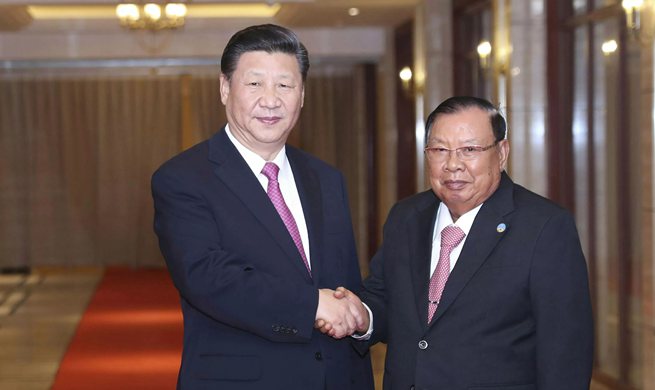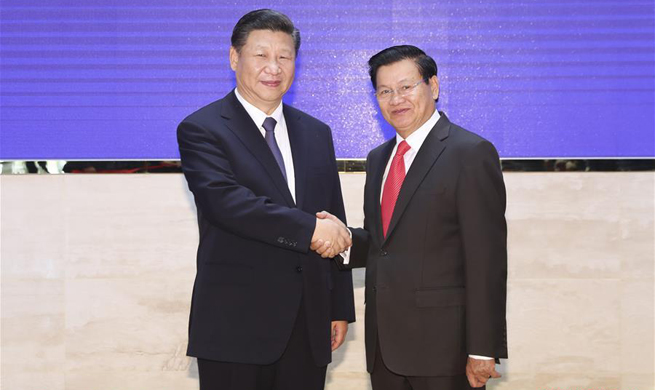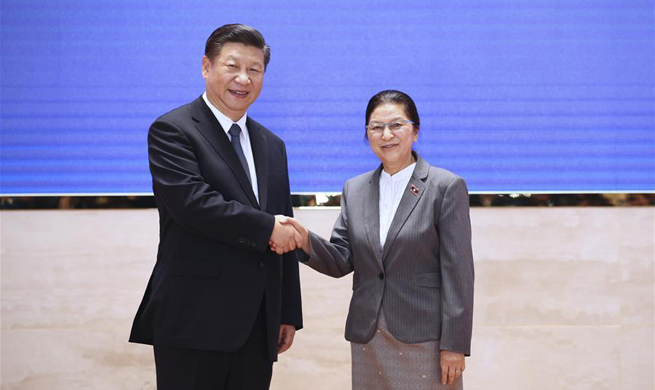BEIJING, Nov. 15 (Xinhua) -- Anti-China voices in America should be quietened since more than 250 billion U.S. dollars of deals were signed between Chinese and U.S. companies last week.
It is compelling evidence that China does not want a trade surplus with the United States and is working to address the imbalance with concrete action.
The wide range of deals, from aircraft to soybeans, reveal the tremendous space for cooperation between the world's top two trading partners. As their interdependency continues, the space for cooperation will become bigger and bigger.
Cranberries, for example, barely known in China a few years ago, have a new fan base. U.S. cranberry exports to China have increased about eight-fold since 2012, making China the fastest growing market of the American red berry, data from the U.S. Department of Agriculture shows.
Alaska seafood, Montana beef and Iowa soybeans are also popular on the Chinese dining table.
Over the past decade, U.S. exports to China have increased at double-digit rates. China buys 26 percent of Boeing's aircraft, 56 percent of U.S. soybeans and 16 percent of its automobiles.
While the United States has a deficit with China in goods trade, it had a surplus in service trade of 55.7 billion U.S. dollars in 2016, 40 times more than in 2006.
Chinese firms in the United States now employ nine times more workers than in 2009: 140,000 last year, according to the National Committee on U.S.-China Relations.
Trade with China saves every American family an average of 850 U.S. dollars each year. From birthday candles to smartphones, Americans would struggle to go a day without something "Made in China."
Conversely, the rising Chinese economy is indispensable to the U.S. market, technology and ideas. The United States is China's second largest trading partner, and for decades, U.S. multinationals have exported their know-how to China, helping China modernize and open up to the world.
Such arrangements look set to morph into a much deeper relationship in the future, with reciprocity being the keyword.
China is increasingly focused on moving up the value-chain, while the United States wants to revive its industrial rust-belt. This offers opportunities for both sides.
A number of Chinese companies have shown interest in taking part in upgrading infrastructure in the United States, an issue high on President Trump's domestic agenda.
China's opening up of its service sector, emphasis on public health and green development are very much in line with the interests of U.S. companies. It should be noted that the opening up of China's financial sector will be carried out on its own timetable. All countries have to find their own path, and the United States is no different, with stringent rules for market access to its finance industry a prime example.
The new deals should not obscure the need for structural change in both economies.
Given the size and growth of bilateral trade, friction and disputes are unavoidable, but win-win spirit is the only answer.

















